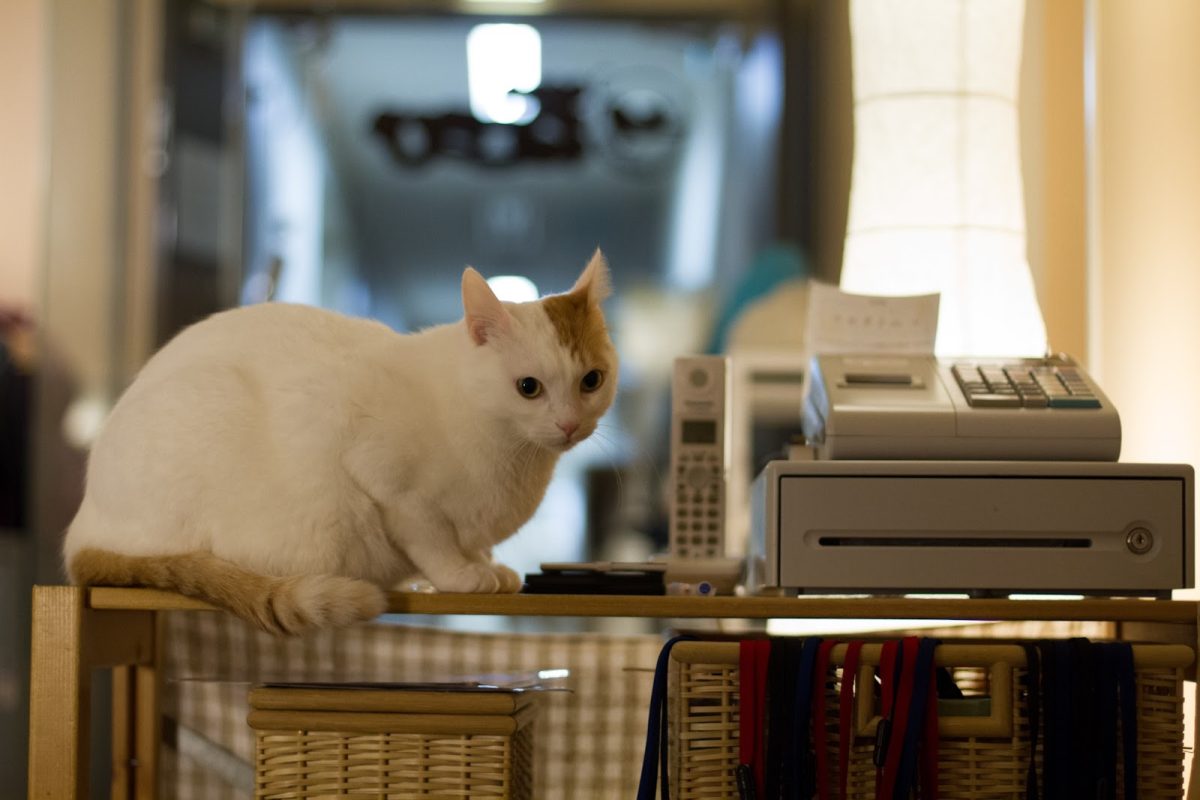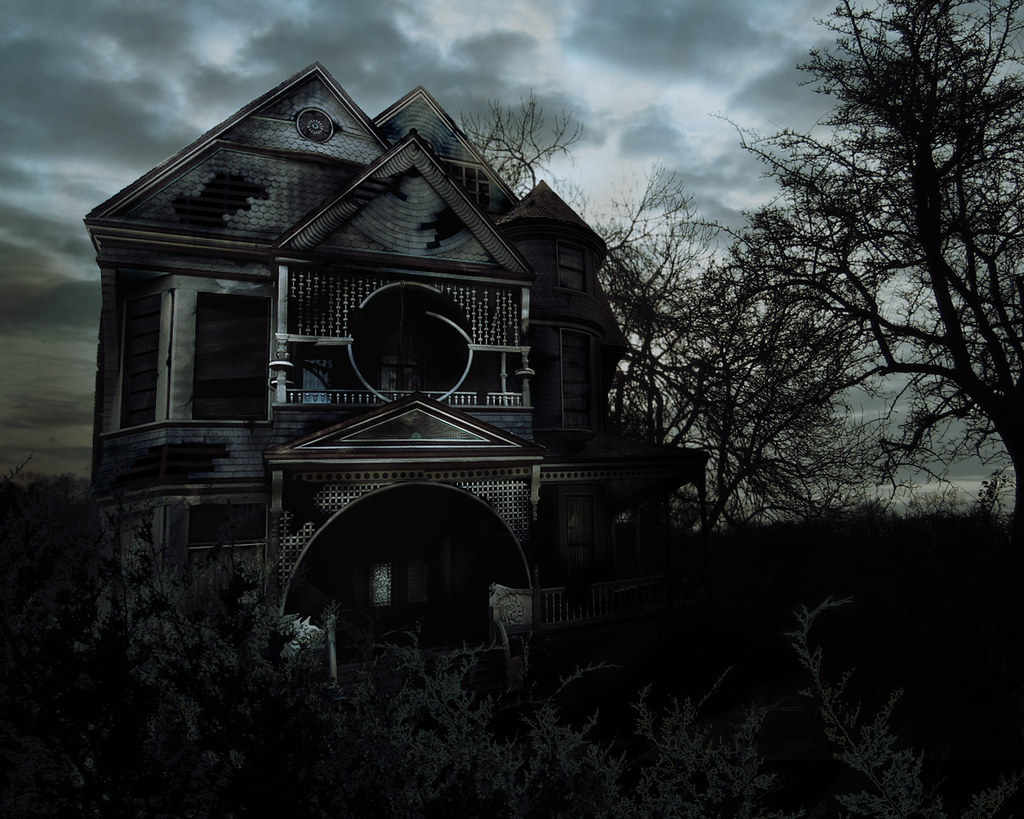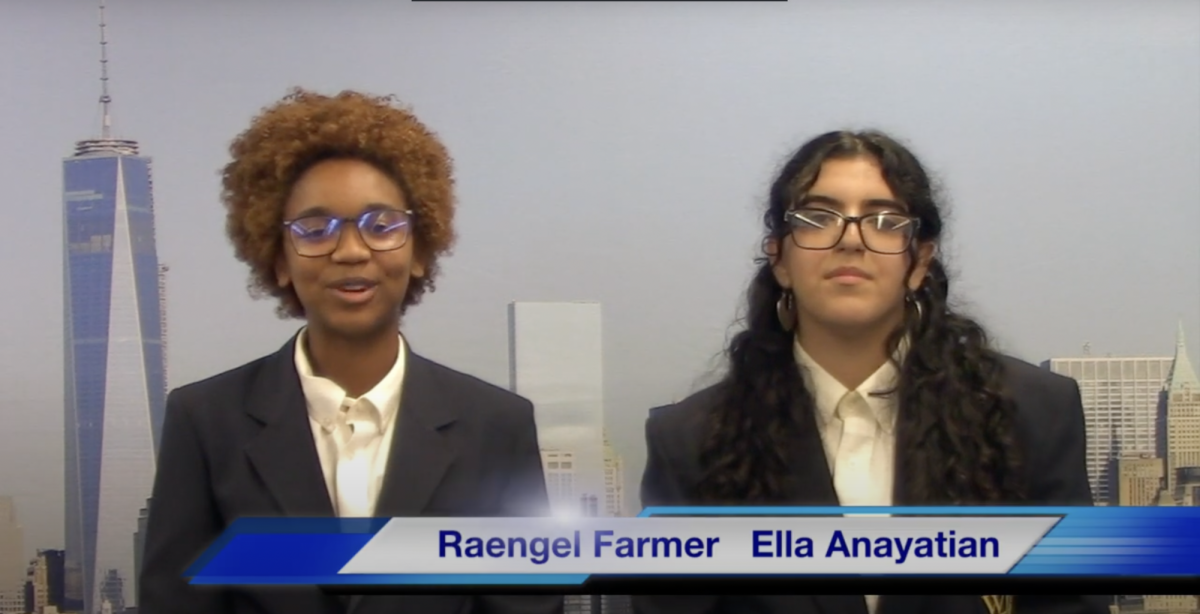What started out as an exciting week for NASCAR turned out to be one of the best Daytona 500’s in the history of the sport. February 27th marked the first time in NASCAR history that the season opening race was suspended due to inclimate weather. As the evening wore on, sparks flew across the tracks and drivers kept beating and banging each other until one spark lit up the night sky for an evening fans will never forget.
The race was originally slated to begin at 1:29 ET. the day before, Sunday, per usual for the most elite race in all of stock car racing. However, mother nature played it’s part once again in a grueling battle to dry the track. The rain kept rippling onto the track with slight breaks, but it wasn’t enough to give officials the go-ahead to enable the drivers to race.
Slightly after five o’clock that evening, NASCAR announced the Daytona 500 would be run the next day at noon ET. This marked the first Monday Daytona 500 in the 53 year history of “The Great American Race.”
But, the rain refused to stop. NASCAR moved the race back once again, creating a grueling day for fans. Eventually, the driver’s started their engines at 7:02 P.M. that Monday evening.
Action spurred up quickly as Elliott Sadler nudged Jimmie Johnson exiting the tri-oval on lap two. This caused a five car pile-up which included Johnson, David Ragan, former Sprint Cup Series Champion Kurt Busch, and rookie sensation Danica Patrick.
Action spurred up quickly as Elliott Sadler nudged Jimmie Johnson exiting the tri-oval on lap two. This caused a five car pile-up which included Johnson, David Ragan, former Sprint Cup Series Champion Kurt Busch, and rookie sensation Danica Patrick.
“I’m ok. I’m just really bummed-out for this whole Lowe’s team. To work as hard as everyone did at Hendrick Motorsports to get this Lowe’s Chevrolet and to have it barely complete two-and-a-half miles of green flag racing is pretty sad. Disappointed, but nothing I can do about it now. We’ll just go on and go to Phoenix and set our marks on winning that race,” said the five time Sprint Cup Series Champion, Jimmie Johnson in a press release from Chevrolet.
The half-way payday, given out to the driver which led the race during the halfway point for the Daytona 500 went up for $200,000. Martin Truex Jr. won the award in his NAPA Toyota Camry for Michael Waltrip Racing.
With the “two car tandem” all but vanished, the cars returned back to their true ‘side by side’ roots for restrictor plate racing. There was not a moment during the race where a pass was not made, that’s how competitive the race became. Fans thrived for this as 36 million people tuned in to watch the spectacular event according to FOX Sports.
The race took a dramatic turn on the 160th lap.
During a caution for a spin by David Stremme in the No. 30 car, a surprising event occurred. Juan Pablo Montoya had exited Pit Road and was catching up to the field. But, as he entered Turn Three, something broke in his car. This caused Montoya’s No. 42 Target Chevy to spin out and make a direct hit with one of the Jet Dryers which NASCAR uses on a weekly basis to either dry the track due to precipitation or to clean up debris. In this case, it was to clean up debris.
During a caution for a spin by David Stremme in the No. 30 car, a surprising event occurred. Juan Pablo Montoya had exited Pit Road and was catching up to the field. But, as he entered Turn Three, something broke in his car. This caused Montoya’s No. 42 Target Chevy to spin out and make a direct hit with one of the Jet Dryers which NASCAR uses on a weekly basis to either dry the track due to precipitation or to clean up debris. In this case, it was to clean up debris.
The rare occurrence of this horrendous event made headlines world wide as the words “Juan Pablo Montoya” became one of Twitter’s top ten trending topics during the two hour, five minute, and 29 second red flag.
Causing this red flag was an event that no race fan can ever forget.As Montoya’s car slammed into the Jet Dryer which carries roughly 400 gallons of Jet Fuel, the two combined to caused a horrendous explosion. Fortunately, the driver of the Jet Dryer was able to get out in time as was Montoya.
The collision caused an immediate pause to a race that had already been delayed more than 24 hours. Safety crews poured out of the infield as they attempted to control the fire which had caused a burst of black smoke throughout the air.
Once the fire was stopped, the process to clean up the scene was underway. There was one bright side to this, fans got to see something they never saw. A driver using his cell phone in the car.
Yes, Brad Keselowski took his phone out of his pocket (which he shouldn’t have in the first place, but no fine will be given as he increased the use of social media) and began to take pictures of his view from the cockpit on the back straightaway.
Yes, Brad Keselowski took his phone out of his pocket (which he shouldn’t have in the first place, but no fine will be given as he increased the use of social media) and began to take pictures of his view from the cockpit on the back straightaway.
Keselowski put the picture onto his Twitter account and continued to ‘tweet’ throughout the red flag period. Drivers were enabled to get out of their cars and walk around. The driver of the Miller Light Dodge Charger used this as a way to experiment.
His idea of tweeting during the span boosted his followers from roughly 50,000 to over 200,000 people in the matter of hours. Keselowski’s tweets kept thousands of fans entertained throughout a time of what can become increasingly boring, especially at 11PM on a Monday night. But, his comments kept coming through all night long until he and the rest of the field strapped back into the race car for the final 40 laps.
Once the race was back underway, the intensity level dramatically increased. Drivers went at it, fighting side by side at a pace of over 200mph during the green flag laps.
Once the race was back underway, the intensity level dramatically increased. Drivers went at it, fighting side by side at a pace of over 200mph during the green flag laps.
In the final 40 laps, there were three incidents which caused the intensity of the race to increase. With a green-white-checkered finish, caused by an eight car wreck, Matt ‘the brat’ Kenseth and his Roush/Fenway Racing teammate Greg Biffle led the way for an extravagant finish.
Kenseth was able to hold off Biffle and fan-favorite Dale Earnhardt Jr. heading towards the start/finish line to capture his second Daytona 500 victory in his career. The victory proved Kenseth’s renewed energy after his 2009 win where he won the rain shortened event. Apparently, Kenseth thrives in the rain, unlike Trevor Bayne, the 21 year old phenom who won the event last year in a stunning fashion.
The 2012 Daytona 500 gave race fans what they wanted. More side by side action was presented now more than ever. Increased fan support has helped NASCAR regain momentum in the fight to be one of the most watched sports in the country.




































